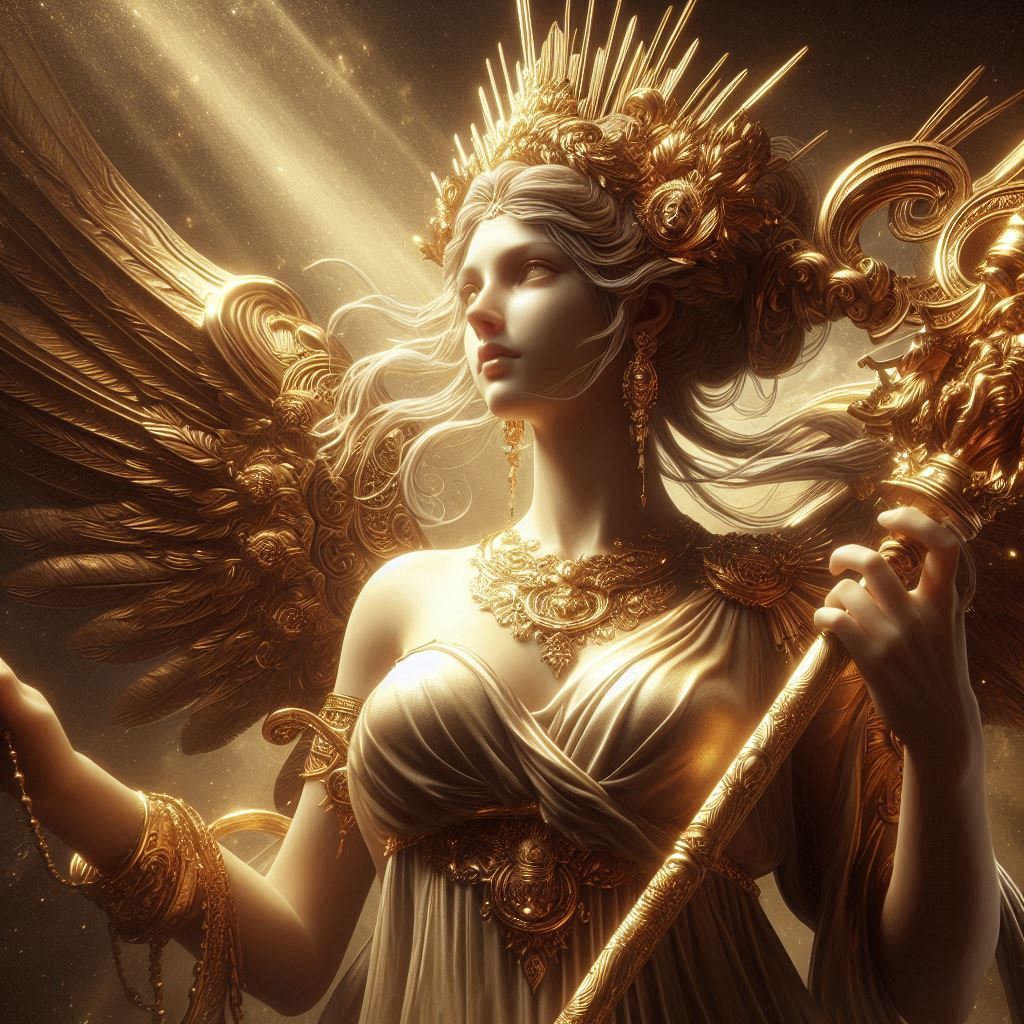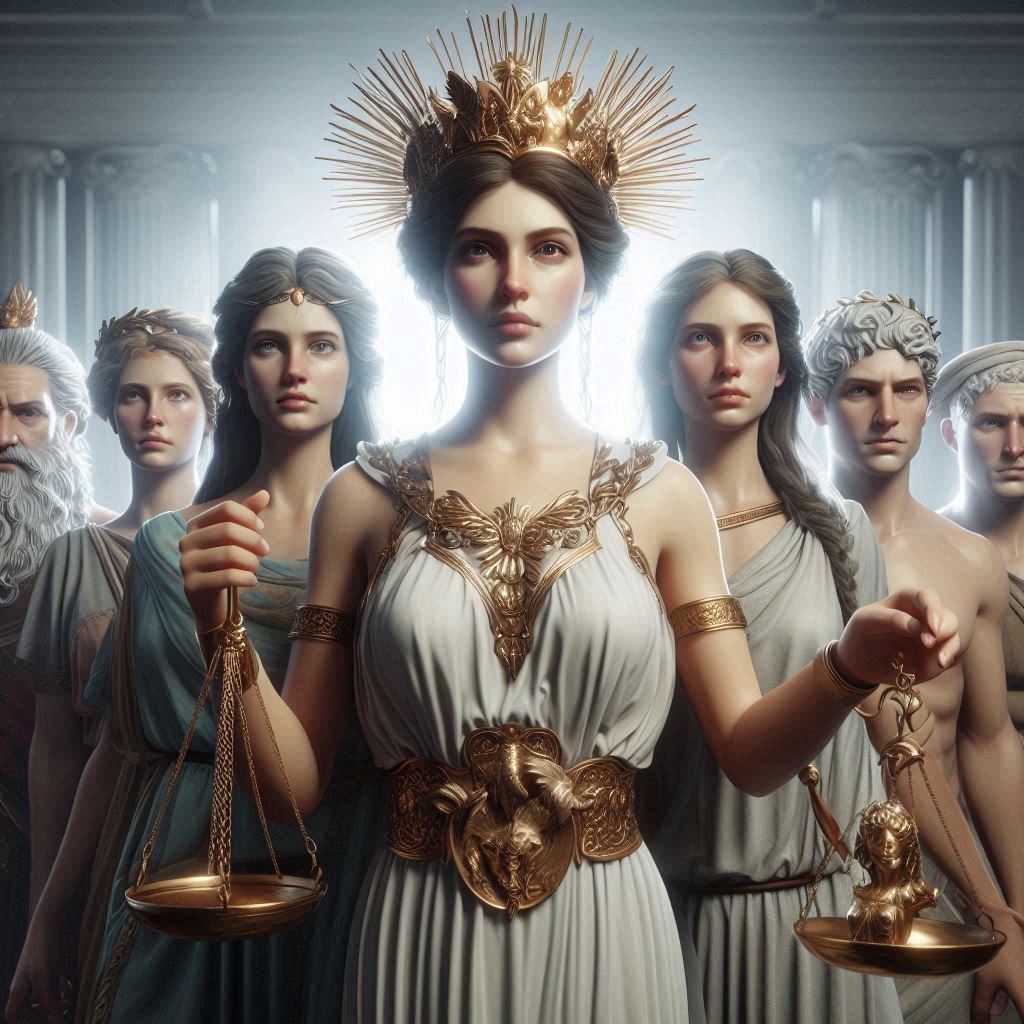Table of Contents
The Portrait of Richard III in Shakespeare’s Plays: A Study of Villainy, Power, and Legacy
William Shakespeare’s Richard III (c. 1592) presents one of the most compelling and monstrous figures in English literature: Richard, Duke of Gloucester, who schemes, manipulates, and murders his way to the throne. More than a historical chronicle, the play is a masterful exploration of ambition, tyranny, and the theatricality of evil. Shakespeare’s Richard is a complex villain—charismatic yet repulsive, self-aware yet self-destructive. Drawing from Tudor-era propaganda, the play crafts a portrait of Richard as a deformed, Machiavellian usurper whose downfall is both inevitable and morally satisfying.

This essay examines Shakespeare’s characterization of Richard III through:
- His Self-Fashioning as a Villain – How Richard’s soliloquies and rhetoric shape his identity.
- Machiavellian Politics and Manipulation – His strategic use of deception and violence.
- The Supernatural and Psychological Decline – The role of curses, ghosts, and guilt in his downfall.
- Historical Context vs. Dramatic License – How Tudor propaganda influenced Shakespeare’s portrayal.
- Legacy and Adaptations – Why Richard remains a compelling figure in literature and performance.
By analyzing these aspects, we can understand why Richard III remains one of Shakespeare’s most unforgettable antagonists.
I. Richard’s Self-Fashioning as a Villain
The Opening Soliloquy: “Now is the winter of our discontent…”
Richard’s first speech (Act 1, Scene 1) immediately establishes him as a self-aware villain. He contrasts the celebratory mood of the Yorkist victory with his own bitterness, blaming his physical deformity for his malevolence:
“I, that am rudely stamped, and want love’s majesty… Deformed, unfinished, sent before my time Into this breathing world, scarce half made up— And that so lamely and unfashionable That dogs bark at me as I halt by them—”
This deformity (historically exaggerated by Tudor sources) becomes a psychological justification for his villainy. Unlike other Shakespearean villains who rationalize their actions, Richard embraces his wickedness:
“And therefore, since I cannot prove a lover… I am determined to prove a villain.”
His direct address to the audience creates a chilling complicity, making him an early example of the charismatic antihero.
Theatricality and Role-Playing
Richard constantly adopts false personas—pious mourner, reluctant king, loving uncle—to manipulate others. His courtship of Lady Anne (Act 1, Scene 2) is a bravura display of rhetorical manipulation. Despite having killed her husband and father-in-law, he seduces her over Henry VI’s corpse, showcasing his ability to weaponize language:
“Was ever woman in this humour wooed? Was ever woman in this humour won?”
This scene underscores Richard’s belief that power is a performance, reinforcing Shakespeare’s theme of appearance vs. reality.
II. Machiavellian Politics and Manipulation
Eliminating Rivals: Clarence, Hastings, and the Princes
Richard’s rise to power is marked by systematic betrayal:
- He tricks his brother, Clarence, into imprisonment and murder (Act 1, Scene 4).
- He executes Lord Hastings after feigning paranoia (Act 3, Scene 4).
- He orchestrates the murder of the young Princes in the Tower (Act 4, Scene 3).
Each act demonstrates his cold pragmatism. Unlike Macbeth, who hesitates and feels guilt, Richard relishes his schemes, treating murder as political calculus.
The Farce of Reluctant Kingship (Act 3, Scene 7)
One of Shakespeare’s most darkly comic scenes is Richard’s staged refusal of the crown. Buckingham and the citizens pretend to beg him to rule, while Richard feigns piety:
“Alas, why would you heap this care on me? I am unfit for state and majesty.”
The scene satirizes political theater, revealing how power is often seized through hypocrisy.
III. The Supernatural and Psychological Decline
Curses and Prophecies
Margaret, the exiled queen, serves as a Cassandra-like figure, cursing Richard and predicting his downfall:
“Thou elvish-marked, abortive, rooting hog!… The worm of conscience still begnaw thy soul!” (Act 1, Scene 3)
Her curses foreshadow Richard’s eventual collapse, linking his fate to divine retribution.
The Ghosts of Bosworth (Act 5, Scene 3)
On the eve of battle, Richard is haunted by the ghosts of his victims, who condemn him and bless Richmond (Henry VII). This supernatural intervention marks his psychological breakdown:
“O coward conscience, how dost thou afflict me!”
His famous line—“A horse! A horse! My kingdom for a horse!”—symbolizes his desperation, contrasting with his earlier confidence.
IV. Historical Context vs. Dramatic License
Tudor Propaganda and the “Black Legend”
Shakespeare’s sources (e.g., Thomas More’s History of Richard III) were influenced by Tudor propaganda, which painted Richard as a monster to legitimize Henry VII’s rule. Modern historians debate:
- The Princes in the Tower – Was Richard truly responsible?
- His Deformity – Contemporary accounts suggest only a slight limp, not the hunchback of legend.
Yet Shakespeare’s dramatic needs outweighed historical accuracy, crafting a villain who embodies political terror.
V. Legacy and Adaptations
Richard’s theatricality has inspired countless reinterpretations:
- Laurence Olivier’s 1955 film – Emphasizes the grotesque, almost vampiric Richard.
- Ian McKellen’s 1995 fascist dictator – Transposes the play to a 1930s-style regime.
- Al Pacino’s Looking for Richard – Explores the play’s enduring fascination.
His character also influenced later villains like Iago and Milton’s Satan.
Conclusion
Shakespeare’s Richard III is less a historical document than a psychological and political study of tyranny. Richard’s charisma, self-awareness, and theatrical villainy make him uniquely compelling, while his downfall serves as a moral warning about unchecked ambition. Whether viewed as Tudor slander or a timeless archetype, Richard remains one of literature’s greatest villains—a man who dared to “set the murderous Machiavel to school” (Henry VI, Part 3).
His legacy endures because he embodies the darkest facets of power: its allure, its corruption, and its inevitable collapse.


No responses yet